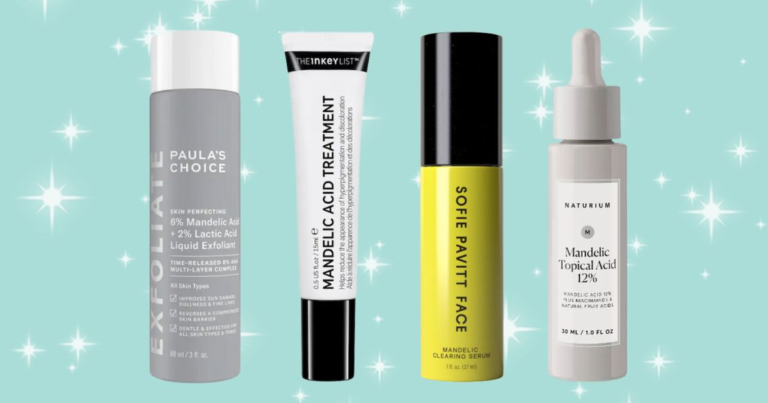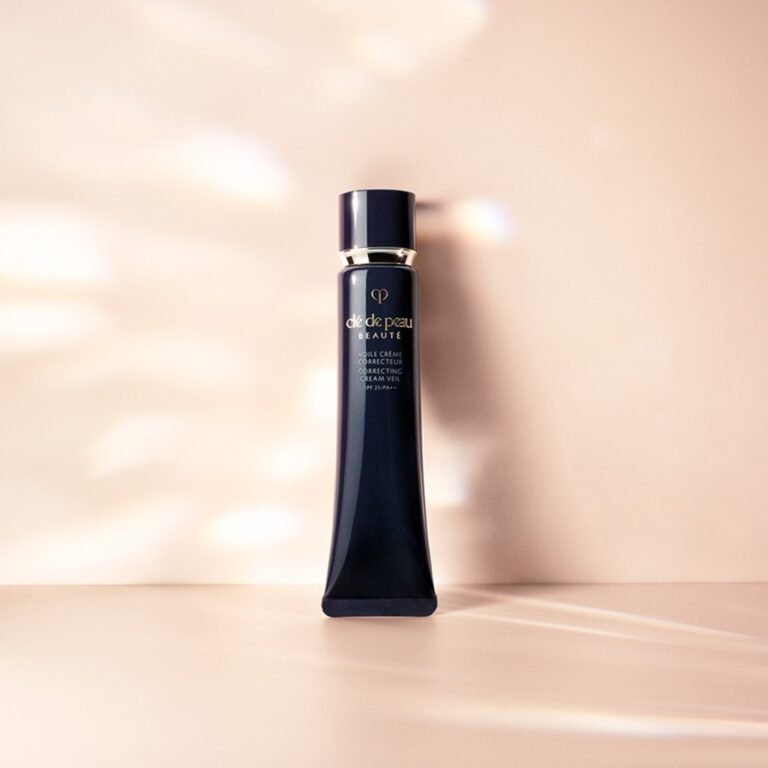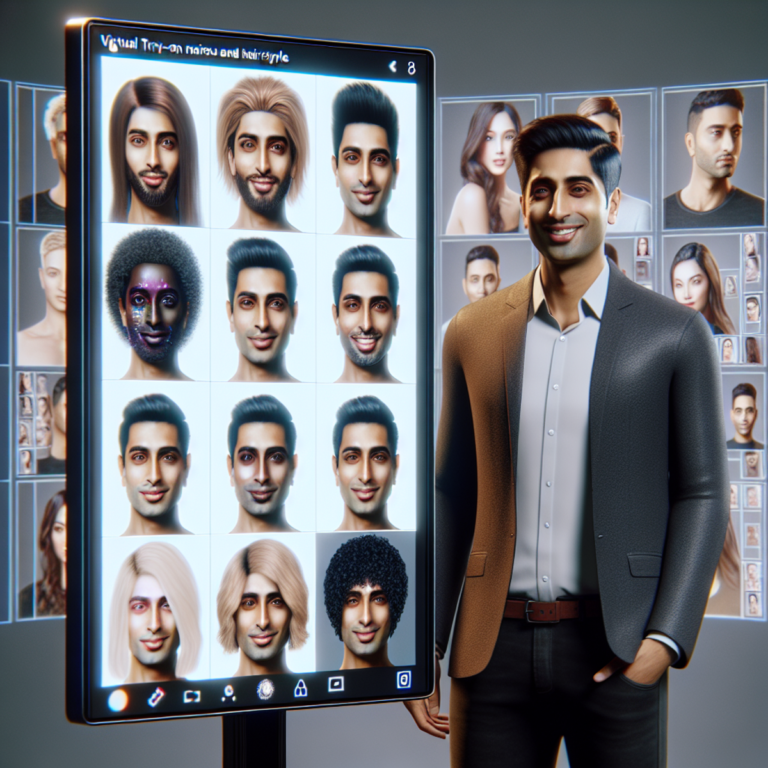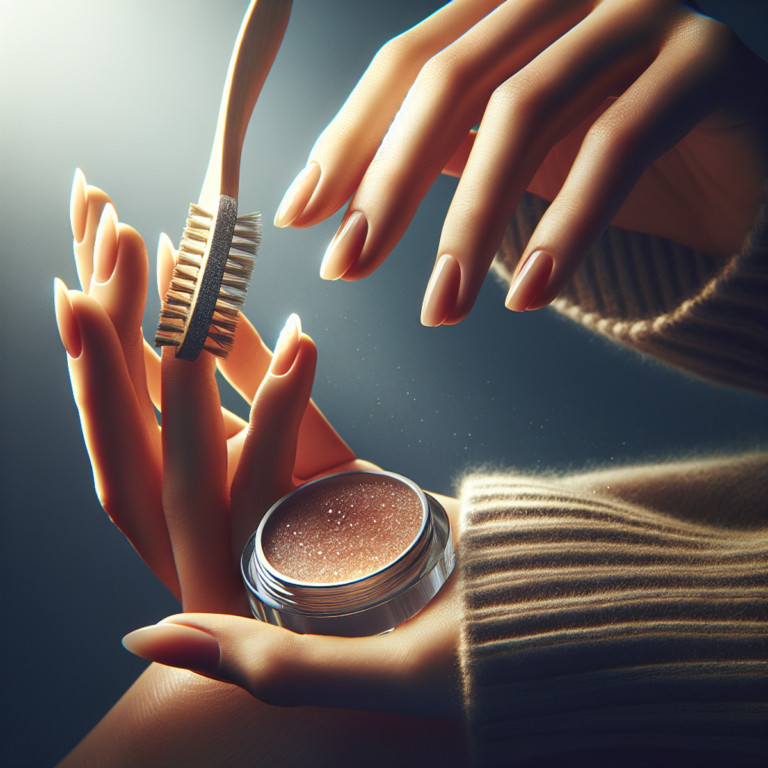How to Get Rid of Pimples

Introduction
Pimples, a common skin issue that affects millions, can be a significant source of frustration. Whether you call them pimples, acne, or breakouts, these pesky blemishes often appear at the most inconvenient times. Understanding how to get rid of pimples effectively is crucial for maintaining clear skin and boosting your confidence.
In this article, you’ll learn various methods to address pimples quickly and efficiently. From topical treatments like benzoyl peroxide and salicylic acid to natural remedies like aloe vera gel and green tea, we will explore a range of solutions. You’ll also discover physical treatments that offer quick relief and preventative measures to keep future breakouts at bay.
Addressing pimples not only improves skin health but also enhances your self-esteem. Clear skin can make you feel more comfortable in social interactions and boost your overall confidence. By following the strategies outlined in this guide, you’ll be equipped with practical tools to combat acne and achieve clearer, healthier skin.
Understanding Pimples
What Are Pimples and How Do They Form?
Pimples, a common skin issue, occur when hair follicles become clogged with dead skin cells and oil. This combination creates an environment where bacteria can thrive, leading to inflammation and the formation of pimples. The process typically starts with the overproduction of sebum, an oily substance meant to protect your skin. When excess sebum mixes with dead skin cells, it blocks the hair follicles, resulting in a pimple.
Types of Pimples
Understanding the different types of pimples is crucial for effective treatment:
- Blackheads: These are open clogged pores that turn black due to oxidation.
- Whiteheads: Closed clogged pores that appear as small white bumps on the skin.
- Pustules: Inflamed pimples filled with pus, often red at the base.
- Cysts: Large, painful lumps beneath the surface of the skin filled with pus.
Each type requires a different approach for treatment and care.
Hormonal Changes That Trigger Pimples
Hormonal fluctuations are a significant cause of pimples:
- Puberty: During puberty, an increase in androgens causes sebaceous glands to produce more oil, leading to clogged pores.
- Pregnancy: Hormonal changes during pregnancy can also lead to increased oil production and subsequent breakouts.
- Menopause: Hormone levels fluctuate during menopause, sometimes causing pimples even in women who previously had clear skin.
Understanding these triggers helps in developing targeted treatments to manage breakouts effectively.
Topical Treatments for Pimples
1. Benzoyl Peroxide
Benzoyl peroxide is a widely recognized treatment for pimples, known for its effectiveness in combating the bacteria that cause inflammation. This topical agent works by introducing oxygen into the pores, creating an environment inhospitable to Propionibacterium acnes, the bacteria responsible for most acne breakouts.
Available concentrations
Benzoyl peroxide typically comes in concentrations ranging from 2.5% to 10%. Lower concentrations (2.5%-5%) are often recommended for sensitive skin to reduce the risk of irritation, while higher concentrations (up to 10%) may be used for more stubborn acne.
Application methods
- Spot Treatment: Apply directly to individual pimples.
- All-over Treatment: Use on larger areas prone to breakouts, like the forehead or back.
- Face Washes and Cleansers: Incorporate benzoyl peroxide into your daily routine.
When using benzoyl peroxide, it’s crucial to start with a lower concentration and gradually increase as your skin builds tolerance. Consistent use can lead to noticeable improvement within a few weeks.
2. Salicylic Acid
Salicylic acid plays a key role in unclogging pores and exfoliating the skin. As a beta hydroxy acid (BHA), it penetrates deep into the pores, dissolving excess oil and dead skin cells that can cause blockages.
Recommended concentrations
Salicylic acid is typically found in concentrations ranging from 0.5% to 2%. These concentrations are gentle enough for daily use but effective at keeping pores clear.
Usage tips
- Incorporate salicylic acid into your skincare routine through cleansers, toners, or spot treatments.
- Use regularly to maintain clear skin.
- Combine with other treatments like benzoyl peroxide for enhanced results.
3. Tea Tree Oil
Tea tree oil is renowned for its natural antibacterial properties, making it a popular alternative to benzoyl peroxide. Studies suggest tea tree oil can be as effective as benzoyl peroxide with fewer side effects such as dryness and irritation.
To use tea tree oil safely on the skin:
- Dilute with a carrier oil (like jojoba or coconut oil) before application.
- Apply directly to pimples using a cotton swab.
- Avoid using undiluted tea tree oil on large areas of skin.
Incorporating these topical treatments into your skincare routine can significantly enhance your efforts in how to get rid of pimples effectively.
2. Salicylic Acid
Salicylic acid is a widely recognized ingredient in the battle against pimples. Unlike benzoyl peroxide, which targets bacteria, salicylic acid works by penetrating the pores to unclog them and exfoliate the skin. This beta hydroxy acid (BHA) helps to remove dead skin cells and reduce oil buildup, preventing future breakouts.
Roles and Benefits:
- Unclogs Pores: By dissolving the keratin plugs that block hair follicles.
- Exfoliates Skin: Promotes cell turnover, leading to smoother skin texture.
Recommended Concentrations:
- Usually found in concentrations ranging from 0.5% to 2%.
- Lower concentrations (0.5% – 1%) are suitable for sensitive or dry skin.
- Higher concentrations (up to 2%) are more effective for oily or acne-prone skin.
Usage Tips:
- Apply as a spot treatment on individual pimples or use it all over the face as part of your daily skincare routine.
- Begin with a lower concentration if you have sensitive skin and gradually increase if needed.
- Always follow with a moisturizer to prevent dryness and irritation.
Salicylic acid for pimples can be found in various forms such as cleansers, toners, serums, and spot treatments, making it a versatile option for different skincare needs.
3. Tea Tree Oil
Tea tree oil is known for its strong antibacterial properties, making it a great alternative to benzoyl peroxide for pimples. Unlike benzoyl peroxide, which can sometimes cause dryness and irritation, tea tree oil offers a gentler approach while still being effective.
Comparison with Benzoyl Peroxide
- Benzoyl Peroxide: Works by killing bacteria and drying excess oil. However, it can lead to dryness and peeling in some individuals.
- Tea Tree Oil: Offers similar antibacterial benefits but is less likely to cause skin irritation. Studies suggest that tea tree oil is comparable to benzoyl peroxide in reducing acne lesions but with fewer side effects.
Safe Usage Tips
To use tea tree oil for pimples safely:
- Dilution: Always dilute tea tree oil before applying it to the skin. A common ratio is 1-2 drops of tea tree oil mixed with 12 drops of a carrier oil such as jojoba or coconut oil.
- Spot Treatment: Apply the diluted mixture directly onto the pimple using a cotton swab. Avoid covering large areas of the skin.
- Patch Test: Conduct a patch test on a small area of skin to ensure there are no adverse reactions.
- Frequency: Use once or twice daily depending on your skin’s tolerance.
Adding tea tree oil into your skincare routine can provide a natural yet effective way to combat pimples, especially when compared to more conventional treatments like benzoyl peroxide and salicylic acid.
Natural Remedies to Remove Pimples
1. Aloe Vera Gel
Aloe vera gel is widely recognized for its soothing and healing properties, making it a popular natural remedy for pimples. The benefits of using [aloe vera gel for pimples](https://www.healthline.com/health/aloe-vera-for-acne) include:
- Reducing Inflammation: Aloe vera contains compounds like polysaccharides and gibberellins that possess anti-inflammatory properties. These compounds help to calm the skin and reduce the redness and swelling associated with pimples.
- Fighting Bacteria: Aloe vera also has antibacterial properties, which can help to kill the bacteria that contribute to acne formation.
Application Methods
Using aloe vera gel for pimples can be straightforward or combined with other treatments for enhanced effects:
- Direct Application:
- Extract fresh aloe vera gel from an aloe leaf.
- Apply the gel directly onto the pimple-affected areas.
- Leave it on for 20-30 minutes before rinsing off with lukewarm water.
- Combined Treatments:
- With Tea Tree Oil: Mix a few drops of tea tree oil with aloe vera gel to combine their antibacterial properties.
- Apply the mixture to the affected areas.
- Leave it on overnight and wash off in the morning.
- With Honey: Blend aloe vera gel with honey, known for its antimicrobial properties.
- Apply this blend as a mask over the face.
- Let it sit for 15-20 minutes before rinsing off.
- Aloe Vera Face Mask:
- Combine aloe vera gel with a few drops of lemon juice (if your skin isn’t sensitive).
- Apply as a face mask, avoiding the eye area.
- Leave on for 10-15 minutes, then rinse thoroughly.
Using aloe vera gel for pimples consistently can yield noticeable improvements in skin clarity and texture. This natural remedy stands out due to its gentle yet effective approach in combating acne, making it suitable even for those with sensitive skin types.
2. Green Tea
Using green tea for pimples can be an effective natural remedy due to its high content of flavonoids. These compounds play a crucial role in reducing sebum production, which is often a significant factor in the formation of pimples. By controlling excess oil on the skin, green tea helps prevent clogged pores and reduces the likelihood of pimple outbreaks.
Application Methods for Best Results
To achieve the best results with green tea:
- Topical Application: Brew a cup of green tea and allow it to cool. Use a cotton ball to apply the tea directly to the affected areas of your skin. Leave it on for about 10-15 minutes before rinsing it off with lukewarm water.
- Green Tea Masks: Mix brewed green tea with honey or aloe vera gel for additional antibacterial and anti-inflammatory benefits. Apply this mixture as a mask and leave it on for 20 minutes before rinsing.
- Green Tea Extracts: Look for skincare products that contain green tea extracts, which can be more convenient if you prefer ready-to-use solutions.
By incorporating green tea for pimples into your skincare routine, you can harness its natural properties to help manage and reduce breakouts effectively.
“The strength of flavonoids in reducing oil production makes green tea a valuable addition to your pimple-fighting arsenal.”
3. Witch Hazel
Witch hazel, a natural astringent, is known for its antibacterial properties and ability to reduce skin inflammation. It’s often suggested as an alternative treatment for those seeking natural remedies for pimples.
How to Use Witch Hazel:
- Apply Directly: Soak a cotton pad with witch hazel and gently dab it onto the affected area. This can help to dry out the pimple and reduce redness.
- Mix with Other Ingredients: For better results, you might combine witch hazel with other natural ingredients like aloe vera gel or green tea. This can create a powerful effect, using the benefits of multiple natural remedies.
Why Witch Hazel Works:
- Fights Bacteria: Witch hazel’s antibacterial properties help to combat the bacteria responsible for causing pimples, thus reducing breakouts.
- Calms Skin: It soothes irritated skin and reduces inflammation, making it a beneficial addition to your skincare routine if you are struggling with frequent breakouts.
When thinking about how to get rid of pimples, adding witch hazel into your routine offers a gentle yet effective method. By using products like witch hazel for acne, you can address the root causes without harsh chemicals, providing a balanced alternative to conventional treatments.
Using both witch hazel and other natural remedies allows for a comprehensive approach in managing pimple-prone skin.
Physical Treatments for Quick Relief from Pimples
1. Ice Application Method
When you need immediate relief from a pimple, the ice application method can be an effective temporary solution. This technique involves using ice cubes or cold compresses to reduce swelling and redness.
Temporary Swelling Reduction Techniques
- Ice Cubes: Wrap an ice cube in a clean cloth and hold it against the pimple for a few minutes. This helps to constrict blood vessels and decrease inflammation.
- Cold Compresses: Use a cold compress or a chilled gel pack wrapped in a cloth. Apply it to the affected area for short intervals (about 5-10 minutes) to minimize swelling.
Both methods work by cooling the skin, which reduces blood flow to the area, thereby lessening redness and puffiness around the pimple.
Limitations of This Method
While ice application for pimples provides quick relief from visible symptoms, it’s important to recognize its limitations:
- No Impact on Underlying Causes: Ice does not address the root causes of acne such as bacteria, clogged pores, or excess oil production. It’s purely a superficial treatment.
- Temporary Effects: The reduction in swelling and redness is temporary. Once the skin warms up again, symptoms may reappear.
- Not Suitable for All Skin Types: Those with sensitive skin may experience irritation or even mild frostbite if ice is applied directly without a protective cloth barrier.
Using ice can be a valuable part of your skincare routine when combined with other treatments that target the underlying causes of pimples.
2. Cortisone Injections
Cortisone injections for acne offer rapid relief, especially for inflamed cystic lesions that are both painful and persistent. Dermatologists perform this procedure by injecting a dilute corticosteroid directly into the pimple. The cortisone works by reducing inflammation, swelling, and redness almost immediately.
When to Consider Cortisone Injections:
- Severity: Ideal for severe, cystic acne that doesn’t respond to other treatments.
- Duration: Beneficial for acne flare-ups that have lasted several weeks or more without improvement.
Benefits:
- Quick Relief: Significant reduction in size and discomfort within 24-48 hours.
- Targeted Approach: Directly addresses the inflammation at its source.
It’s essential to consult with a dermatologist to determine if cortisone injections are suitable for your skin condition. While highly effective, they are typically reserved for more severe cases due to potential side effects like skin thinning or lightening at the injection site.
Considering these factors can help you make an informed decision about incorporating cortisone injections as part of your acne treatment plan. This method offers a quick solution but should be used judiciously and under professional guidance.
3. Blue Light Therapy
Blue light therapy is a non-invasive option for targeting acne-causing bacteria. Devices used in this treatment emit specific wavelengths of blue light that penetrate the skin, attacking Propionibacterium acnes, the bacteria responsible for inflammation.
How It Works
- Bacteria Targeting: Blue light reaches the deeper layers of the skin where P. acnes thrives, effectively reducing bacterial colonies.
- Inflammation Reduction: The therapy also helps in minimizing inflammation associated with active breakouts, resulting in a calmer complexion.
Benefits
- Quick Relief: Many users notice a significant reduction in the size and redness of pimples after a few sessions.
- Application Methods: Options range from handheld devices for at-home use to professional machines found in dermatology clinics.
Things to Keep in Mind
While blue light therapy offers promising results, it’s often beneficial to combine it with other treatments like benzoyl peroxide or salicylic acid for comprehensive acne management. Regular sessions can be crucial for maintaining clear skin, especially for those prone to frequent breakouts.
Preventative Measures Against Future Breakouts
Adopting a proactive skincare routine is essential to prevent future breakouts. Here are some key strategies:
- Consistent Cleansing: Use a gentle cleanser twice daily to remove excess oil and impurities.
- Non-Comedogenic Products: Opt for makeup and skincare products labeled as non-comedogenic to avoid clogging pores.
- Regular Exfoliation: Incorporate mild exfoliants like salicylic acid to keep pores clear of dead skin cells.
- Hydration: Maintain skin moisture with oil-free, water-based moisturizers.
- Healthy Diet: Limit dairy intake and consider supplements such as zinc and omega-3 fatty acids.
- Stress Management: Practice stress reduction techniques like mindfulness or yoga.
Incorporating these measures alongside treatments discussed earlier can significantly reduce the frequency and severity of pimples.
FAQs (Frequently Asked Questions)
What are the common causes of pimples?
Pimples can be caused by a variety of factors including hormonal changes, excess oil production, clogged pores, and bacteria. Common triggers include puberty, pregnancy, and menstrual cycles.
What topical treatments are effective for getting rid of pimples?
Topical treatments such as benzoyl peroxide, salicylic acid, and tea tree oil are commonly used to manage pimples. Benzoyl peroxide targets bacteria causing inflammation, salicylic acid helps unclog pores, and tea tree oil has antibacterial properties.
Are there any natural remedies to help remove pimples?
Yes, natural remedies like aloe vera gel, green tea, and witch hazel can be effective in reducing inflammation and fighting bacteria. Aloe vera gel can be applied alone or combined with other treatments, while green tea helps reduce sebum production.
How can I quickly relieve an active pimple?
Quick relief methods include ice application to reduce swelling temporarily, cortisone injections performed by dermatologists for inflamed cystic lesions, and blue light therapy which targets acne-causing bacteria.
What preventative measures can I take against future breakouts?
Adopting a proactive skincare routine is essential. This includes regular cleansing, exfoliating, moisturizing appropriately for your skin type, and using non-comedogenic products to prevent clogged pores.
Can I get rid of pimples overnight?
While complete removal of pimples overnight may not be possible, using targeted treatments like benzoyl peroxide or ice application can significantly reduce their appearance quickly. It’s important to follow safe application methods to avoid skin irritation.










